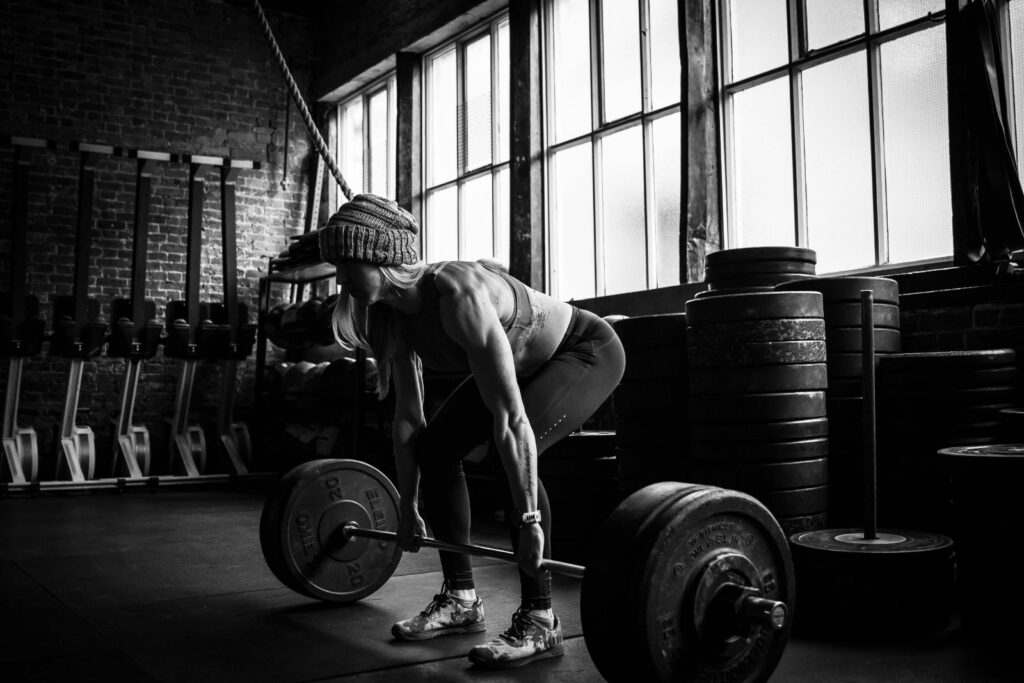Welcome To

About Powerlifting Sport Organization (PSO)
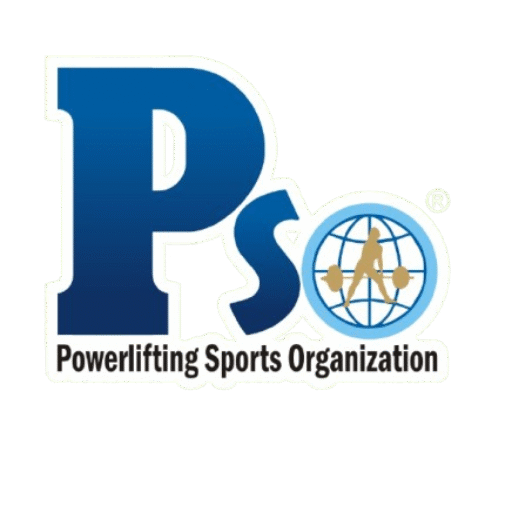
PSO (Powerlifting sports organization) is working for powerliftng for years. All the members of PSO have big experience in powerlifting sports. PSO is a powerful organization for indian powerlifters and PSO provides to playes a strong platform for national and international powerlifting championships. We organizing many state and national level powerlifting championships in all over India. Our Moto is very clear, that's the promotion of powerlifting as a main sports in every event of National and international sports as wel as Olympic also.
PSO Officials
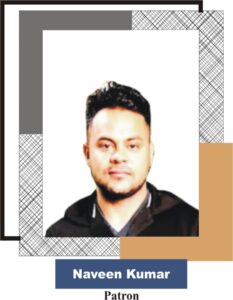
Patron
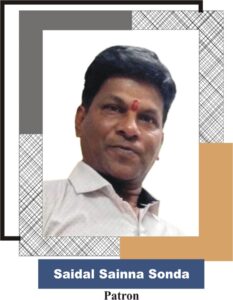
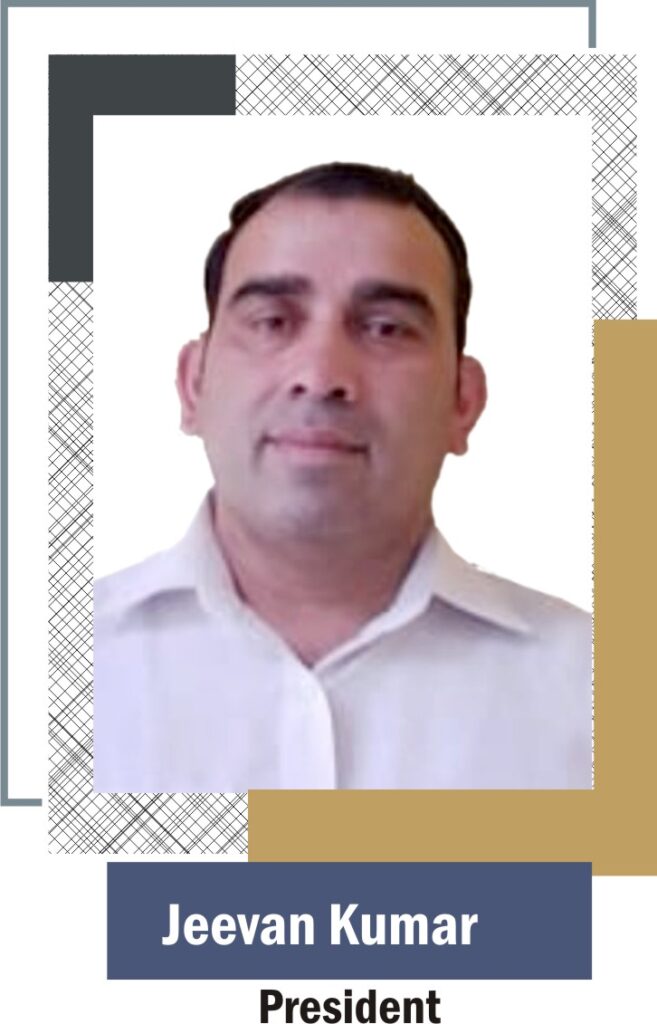
About Gen. Secretary
Recently Mr. Durgesh Rojoria elected as General Secretory of PSO and he is working very hard to promote powerlifting sport. He has organize many championships in India. He is also a international medalist in powerlifting. He won several medals in Kazakhastan and Russia.
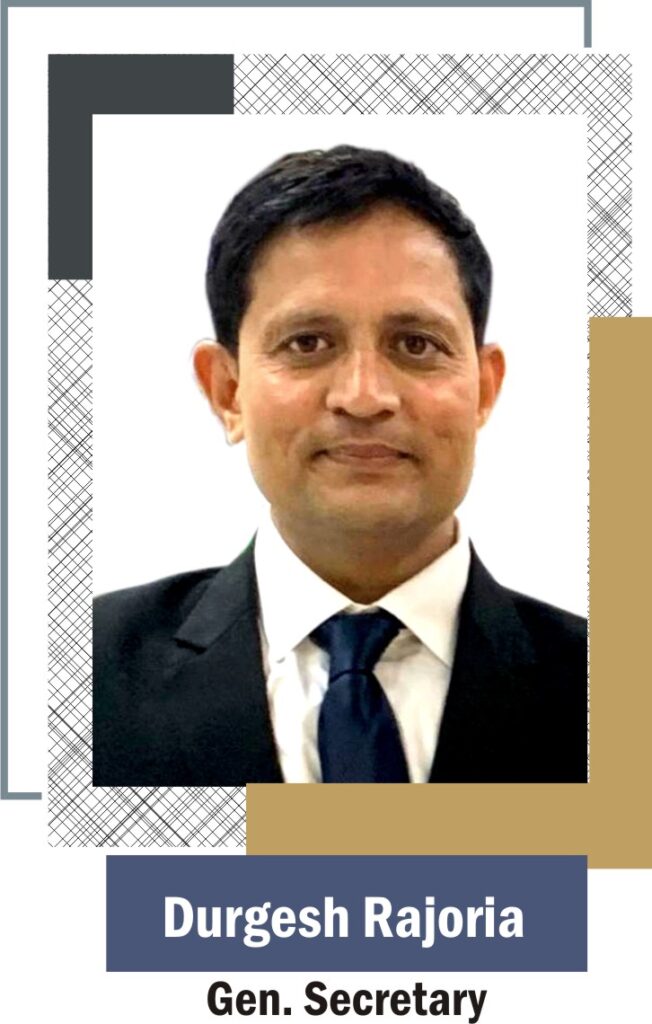




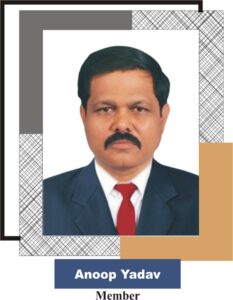
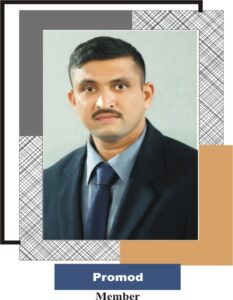




What We Do?
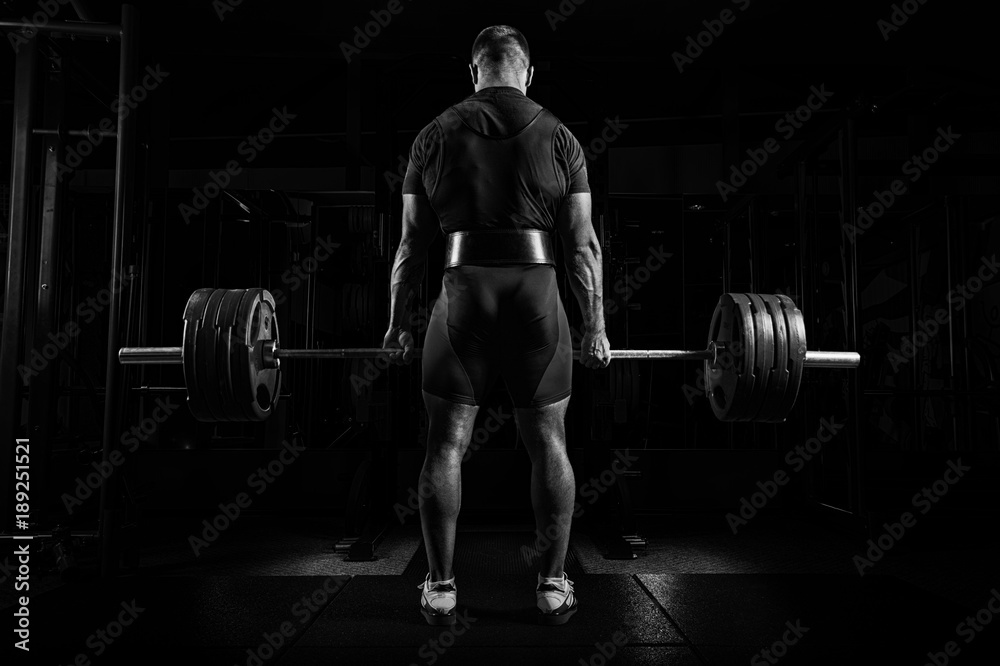
Powerlifting is a sport that utilizes the squat, bench press, and deadlift to measure an athlete’s absolute strength and technical capabilities regarding each lift. The sport is scored using what is referred to as a “total,” or the sum of the heaviest squats, bench presses, and deadlifts performed by each athlete. In competition, nine lifts will be performed, with three attempts allotted to each lift.
During the competition, each athlete will perform an opening, second, and third attempt for the squat, bench press, and deadlift. For these lifts to count, the athlete must complete the lifts to standard.
For the squat, an athlete must squat to a point where the crease of the hip is lower than the top of the knee. For the bench press, an athlete must pause the weight on the chest, then completely lock the weight out with no up and down motion before placing the bar back in the rack. For the deadlift, the athlete must lift the weight to lockout with no up and down motion, then lower the barbell back to the ground in a controlled manner.
The sport of powerlifting was initially referred to as odd lifts, with the bench press being replaced with the overhead press. Depending on the odd lift competition, other lifts could be included as well. Today, powerlifting has become one of the fastest-growing sports, with individuals worldwide taking up the sport regularly. Much of this growth can be attributed to the popularity of powerlifting on social media.
THE BENCH PRESS
The bench press is the second lift performed during a powerlifting competition. In competition, a bench press is considered legal when the barbell is lowered, controlled, paused on the chest, and then pressed to lockout with no up and down motion before being placed back into the rack without issue. The bench press is one of the most technically demanding exercises, and many athletes struggle to master the lift. Athletes typically choose one of three hand positions when setting up their bench press. The grips used are referred to as close, regular, and wide grips. Most often, arm length and upper torso size determine which grip works best for an athlete. The ultimate goal is to reduce the range of motion and remain at a joint angle advantage as much as possible throughout the lift. Unlike the squat and deadlift, which focus on total body strength with a lower body bias, the bench press concentrates almost exclusively on upper torso strength. For this reason, athletes need to focus on building and strengthening the arms, shoulders, chest, and back.
The bench press is the second lift performed during a powerlifting competition. In competition, a bench press is considered legal when the barbell is lowered, controlled, paused on the chest, and then pressed to lockout with no up and down motion before being placed back into the rack without issue. The bench press is one of the most technically demanding exercises, and many athletes struggle to master the lift. Athletes typically choose one of three hand positions when setting up their bench press. The grips used are referred to as close, regular, and wide grips. Most often, arm length and upper torso size determine which grip works best for an athlete. The ultimate goal is to reduce the range of motion and remain at a joint angle advantage as much as possible throughout the lift. Unlike the squat and deadlift, which focus on total body strength with a lower body bias, the bench press concentrates almost exclusively on upper torso strength. For this reason, athletes need to focus on building and strengthening the arms, shoulders, chest, and back.
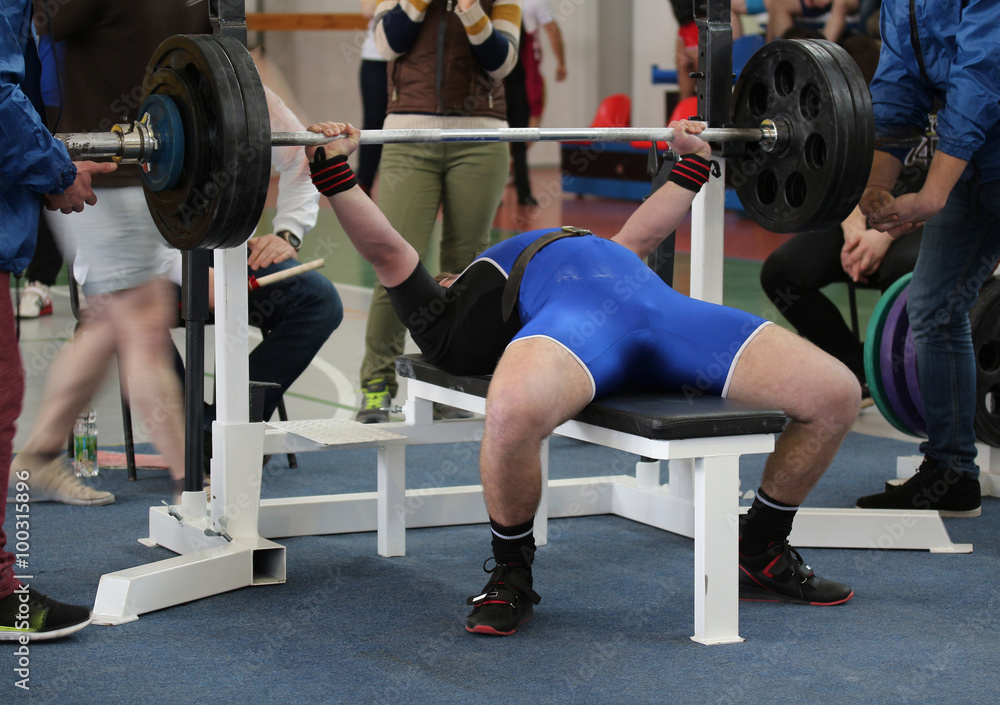
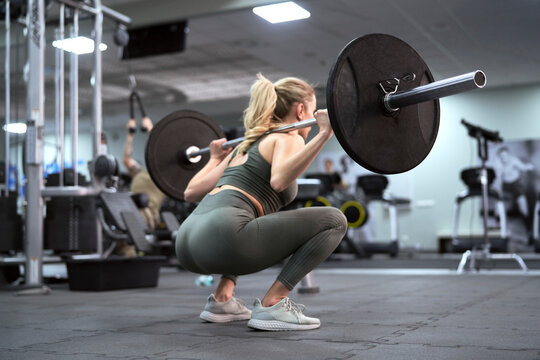
THE SQUAT
The barbell squat is the first lift performed during a powerlifting competition. Depending on the federation, a squat rack or monolift will be used. When using a squat rack, the goal is to take as few steps as necessary during the walkout to retain as much energy as possible for the actual lift. When using a monolift, the focus should be establishing a solid brace and standing up properly with the barbell. The squat is performed using wide, regular, or close stances. With a wide stance, the focus is mainly on the anterior chain, with lateral force production playing a significant role. When using a normal stance, both the posterior and anterior chains are evenly used to execute the squat. When using a close stance, the focus is placed on the anterior chain. While there can be some rules applied to decide which stance is best for an athlete, the truth is that it all depends on the individual and what the athlete finds most useful. A wide stance is often better for larger individuals but can also be useful for a smaller athlete. A close stance is often better for individuals in lighter weight classes but can also be useful to large athletes, depending on their biomechanics. Find what works best for you.
The barbell squat is the first lift performed during a powerlifting competition. Depending on the federation, a squat rack or monolift will be used. When using a squat rack, the goal is to take as few steps as necessary during the walkout to retain as much energy as possible for the actual lift. When using a monolift, the focus should be establishing a solid brace and standing up properly with the barbell. The squat is performed using wide, regular, or close stances. With a wide stance, the focus is mainly on the anterior chain, with lateral force production playing a significant role. When using a normal stance, both the posterior and anterior chains are evenly used to execute the squat. When using a close stance, the focus is placed on the anterior chain. While there can be some rules applied to decide which stance is best for an athlete, the truth is that it all depends on the individual and what the athlete finds most useful. A wide stance is often better for larger individuals but can also be useful for a smaller athlete. A close stance is often better for individuals in lighter weight classes but can also be useful to large athletes, depending on their biomechanics. Find what works best for you.
THE DEADLIFT
The deadlift is the third and final lift performed during a powerlifting competition. To perform a successful deadlift, an athlete must lift the barbell to lockout with no up and down motion and then return the barbell to the floor in a controlled manner. The deadlift is a perfect mix of brute strength and technical execution. In competition, athletes will choose to deadlift using a conventional or sumo stance. The conventional stance features the legs close together, with much of the demand being placed on the back, glutes, and hamstrings. The sumo stance features the legs in a wide stance similar to a squat, with much of the demand being placed on the lower back, hips, glutes, and quads. Whether an athlete deadlifts using a sumo or conventional stance will depend on biomechanics and range of motion reduction. An athlete must choose the form that feels most comfortable and allows for maximum force production. Additionally, reducing the distance the bar must travel will allow more weight to be lifted, thus improving the deadlift and total of the athlete.
The deadlift is the third and final lift performed during a powerlifting competition. To perform a successful deadlift, an athlete must lift the barbell to lockout with no up and down motion and then return the barbell to the floor in a controlled manner. The deadlift is a perfect mix of brute strength and technical execution. In competition, athletes will choose to deadlift using a conventional or sumo stance. The conventional stance features the legs close together, with much of the demand being placed on the back, glutes, and hamstrings. The sumo stance features the legs in a wide stance similar to a squat, with much of the demand being placed on the lower back, hips, glutes, and quads. Whether an athlete deadlifts using a sumo or conventional stance will depend on biomechanics and range of motion reduction. An athlete must choose the form that feels most comfortable and allows for maximum force production. Additionally, reducing the distance the bar must travel will allow more weight to be lifted, thus improving the deadlift and total of the athlete.
